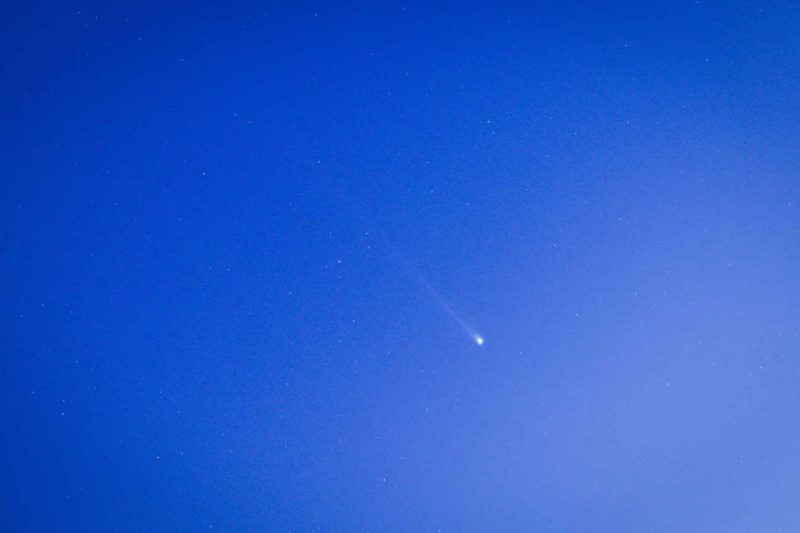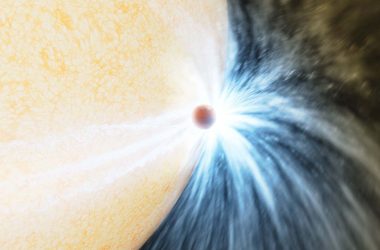Introduction
The comet Nishimura has survived its close encounter with the sun, and you now have a brief window in which to spot it in the sky before it retreats to the outer solar system, not to return for 400 years.
Discovery and Closest Approach
Nishimura was discovered on 12 August this year, with its unusual green glow attracting attention from astronomers around the world. It made its closest approach to the sun on 17 September, and was visible in the northern hemisphere in the early mornings, a couple of hours before sunrise, in the days up to the encounter.
Comets and Survivability
Comets are made of rock and ice, earning them the nickname dirty snowballs, and when they get closest to the sun a lot of that ice turns to a charged gas called a plasma – creating the comet’s tail. There was uncertainty around whether the comet would survive its brush with the sun, as it passed within 33 million kilometres of the surface of the star.
“Some do not survive,” says Don Pollacco at the University of Warwick, UK, and instead can totally evaporate. Luckily, comet Nishimura escaped this fate. “It is now receding from the sun and heading back into the cold depths of the solar system where it will spend the next 400 years before approaching the sun again,” says Pollacco. “Before it disappears completely, we have a final chance to see Nishimura.”
Intense Solar Storm and Disconnection Event
During its close approach, Nishimura was hit by an intense solar storm. This outburst of charged particles from the sun briefly blew away the comet’s plasma tail in what is called a disconnection event. The mechanisms behind these events are not entirely understood, but a 2018 lab study showed it could be because of an electrostatic field created by the interaction between the plasma and the solar wind.
Appearance and Viewing Tips
The comet appears green because its coma, the gas surrounding the nucleus, contains a relatively rare kind of carbon gas called diatomic carbon, which consists of two carbon atoms bound together.
If you are in the northern hemisphere and want to see this for yourself, it will be close to the horizon just after sunset for the next few days. Look to the western horizon as soon as the sun sets and you will see Mars – Nishimura will be just to the right of the planet.
People in the southern hemisphere have slightly longer – perhaps a week or so – to catch the comet. It will also be in the western sky after sunset but it will appear directly below Mars.
“Some reports say it can be seen by eye, but it will still be best to use binoculars,” says Pollacco. “After this it will fade and a telescope will be needed.”
Conclusion
Don’t miss out on the opportunity to see Comet Nishimura before it disappears for the next 400 years. Take a moment to observe this rare event and marvel at the wonders of our solar system.








